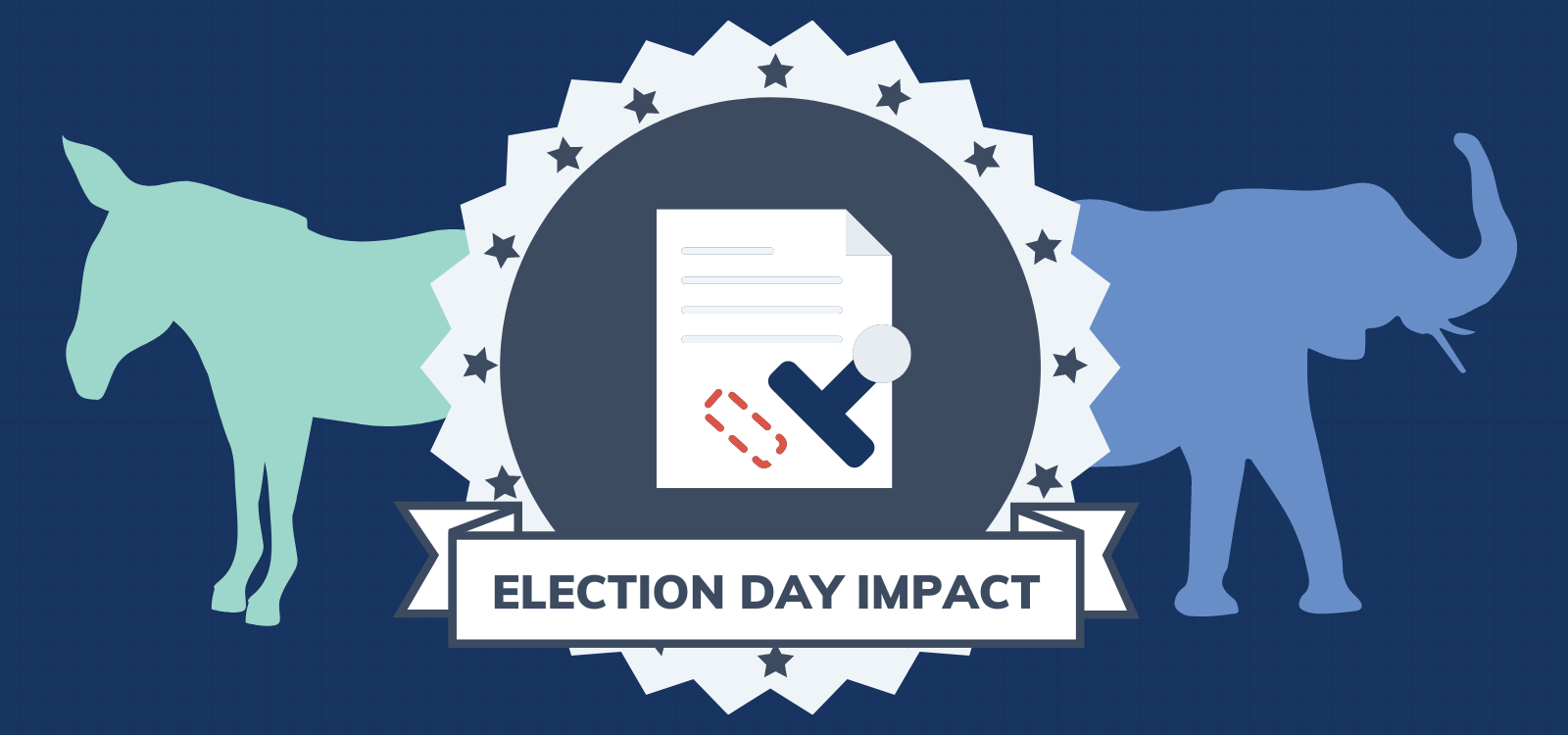Election years bring the potential for regulatory change. Here are a few developments in financial regulation worth tracking, plus surefire preparation tips no matter which party holds office.
—
Election years are uncertain times for financial institutions, as the possibility of a new administration also brings the potential for a new and different regulatory philosophy. In turn, a new philosophy can often create a shift in regulatory compliance and the potential for economic volatility. Risk and Compliance teams wisely prepare for both outcomes by preemptively identifying potential risk drivers as well as developing mitigation strategies.
However, one risk driver that’s easily overlooked is the fine detail in regulatory requirements. These shifts may not garner the headlines of bold congressional actions, but they can seriously impact your business. Below are a few regulatory developments to track during this particularly complex election season.
READ MORE: What are ‘granular’ obligations and how do they reduce your risk?
Standardizing Regulation Across State and Federal Levels
The current administration’s emphasis on deregulation could end abruptly should a Democratic administration take its place. For instance, the new SEC Regulation Best Interest standards (Reg BI), which require brokers and their broker-dealers to act in their clients’ best interest when making an investment recommendation, weren’t comprehensive enough for some state regulators. As a result, they moved ahead with their own rules to tighten requirements, but 2020’s tumultuous landscape could slow these state-led efforts, especially in light of the election. If a Democratic administration is elected, it’s possible that it could address the Reg BI issues by calling for more substantial oversight from the SEC to help tighten up the rule for both brokers and dealers alike at a national level.
Balancing Regulation and Consumer Rights
The current administration has focused on easing banking regulations. In 2018, it took aim at the Dodd-Frank Wall Street Reform and Consumer Protection Act in the shape of “The Economic Growth, Regulatory Relief, and Consumer Protection Act,” a bill that rolled back parts of Dodd-Frank. Today, the law waives stress tests for banks with assets of $250 million or less, and restrictions on proprietary trading—the Volcker Rule—for banks with assets of $10 billion or less. Additionally, the current administration gave an executive order that directed the Treasury to evaluate any regulations positioned against the goal of making banks as competitive as possible to ultimately benefit consumer choice. If elected, a Democratic administration would likely focus on a significantly different set of priorities, which could mean reinforcement of Dodd-Frank and a reinvigorated Consumer Financial Protection Bureau.
The Evolution of “Banking”
The current COO of the U.S. Office of the Comptroller of the Currency (OCC) has proposed a new “Payments Charter” that allows fintech payment companies like PayPal and Stripe and crypto companies to obtain a formal national banking charter. According to Forbes, if the proposed charter is instated, it will roll out in two phases: phase one would “grant the institution a federal pre-emption, or a federal money transmitter license,” and phase two would give the institution “access to the Federal Reserve.” Meanwhile, the FDIC has been trying to help fintechs partner with banks more easily through its technology lab (FDiTech), which was created to “reduce the regulatory and operational uncertainty” associated with these types of partnerships. These measures will enable banks, particularly community banks, to better serve customers and compete with larger entities.
Takeaways for Risk and Compliance Professionals
No matter the outcome of election season, regulation and regulatory change aren’t going anywhere, and their financial burden continue to grow. According to the Credit Union National Association, the financial impact of regulations rose from $6.1 billion in 2017 to $7 billion in 2019. Similarly, regardless of who wins the election, current regulatory trends will be intensified, or a shift in direction will occur. Both spell changes for your organization.
The key is to pay attention to the details. Based on Ascent’s internal analysis of regulatory text, only about 35 percent of any given regulation consists of actual obligations. The bulk of regulation—the remaining 65 percent—is made up of non-obligations such as definitions and clarifications. Here are a few ways that you can keep track of even the smallest of regulatory updates that have the potential to impact your business:
1) Keep tabs on regulation at both the national and state level, paying particular attention to the agencies overseen directly by the White House. It’s within these agencies that incremental change is most likely to occur, resulting in the regulatory shifts that can catch your organization off guard.
- Consumer Financial Protection Bureau (CFPB)
- National Credit Union Association (NCUA)
- Office of the Comptroller of the Currency (OCC)
- Federal Deposit Insurance Corporation (FDIC)
- Securities and Exchange Commission (SEC)
- Financial Industry Regulatory Authority (FINRA) (overseen by the SEC)
2) Shore up your integrated risk management strategy by identifying all of your key risk factors—including the potential gaps across your firm’s regulatory compliance knowledge and operations. Not sure where to start? Ascent can help. Here are a few ways that financial firms use our regulatory technology to pinpoint their exact regulatory obligations, keep them updated, and shore up their overall approach to managing risk.
Want to learn how regulatory technology can help protect your firm from fines and risk? Then subscribe to our monthly newsletter Cliff Notes. You can also contact us directly.







